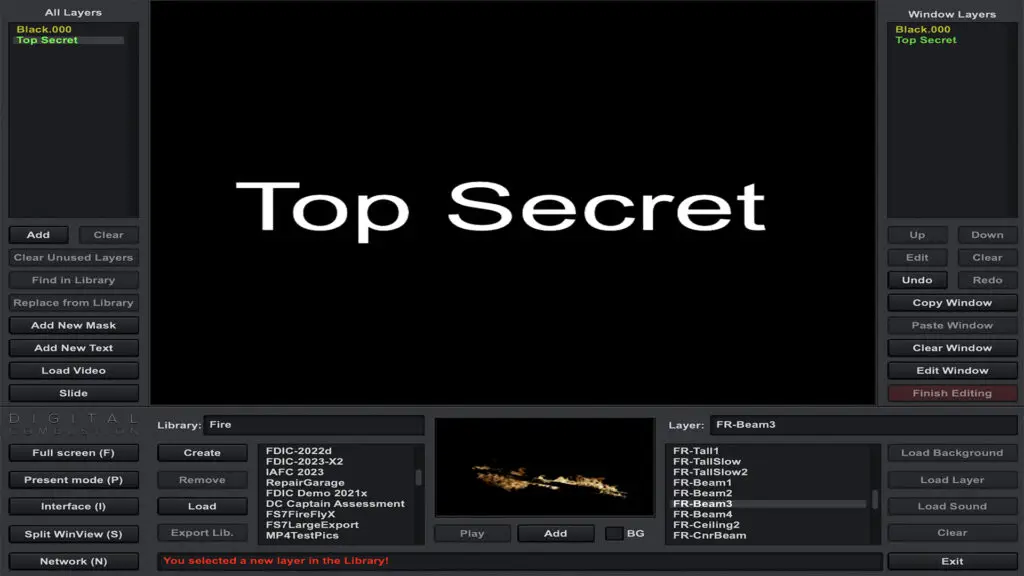After spending 30 years as a career firefighter and serving as the president of Digital Combustion for over two decades, I have observed many similarities among fire departments across the United States. One of these similarities is the “Hidden Fire Simulator”. I mention this because there is a common theme that often arises in relation to promotional assessment exams. While this is not true for every department, it is a recurring theme.
These similarities manifest in various ways, but for the purposes of this article, I will focus on the training officer and the promotional assessment exam. Fire departments across the country use different types of exams, with many including a fire simulator.
In my opinion, the best practice for using fire simulation software, such as Digital Combustion Fire Studio, is to incorporate it into regular training sessions. This should include training for both existing officers and prospective members looking to advance their careers. Regular training benefits both current officers and those seeking promotion, as it allows everyone to improve their skills.
Now, let’s discuss a scenario that unfortunately occurs frequently. A fire department has a promotional test approaching and they have Fire Studio. However, they only use the software when a test date is approaching. The training officer creates an overly difficult simulation that is sometimes almost impossible to succeed in. The intention behind this simulation might be to create chaos and then select the candidate who performed the least poorly. Often, the candidates have never received training with a fire simulator and do not truly know what is expected of them. After the test, the software is hidden away until the next test, which is possibly 1-2 years away.
Some readers may believe that this sounds pretty far fetched, and I understand that skepticism. However, after witnessing this recurring pattern for many years, I can assure you that it happens more frequently than you can imagine. When I speak at conferences or trade shows, I often refer to this as the “Hidden Fire Simulator”. For a variety of reasons, many well-intentioned training officers believe that springing a big unknown surprise at an exam will reveal excellence in one or two of the candidates. In contrast, I believe that proper and consistent training fosters excellence in the majority of your personnel. Clearly communicate expectations and guide them to success. The goal should be for every candidate to excel in all aspects of the exam, making the choice of whom to promote a challenging one..
I hope this article offers some food for thought when considering how to incorporate fire simulation into your training. Try not to have a “Hidden Fire Simulator”. Instead, have a simulation program that everyone can participate regularly in and keep getting better. This will ultimately help save the lives of the public and your own personnel.
Rich Merritt, President of Digital Combustion, Inc.

